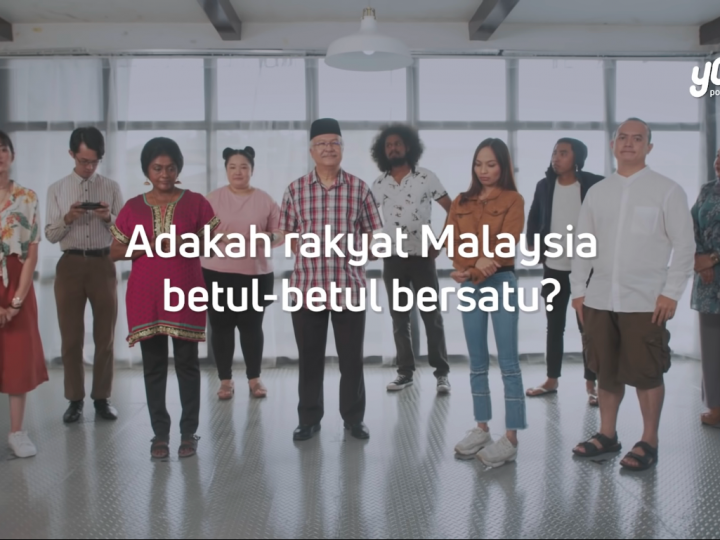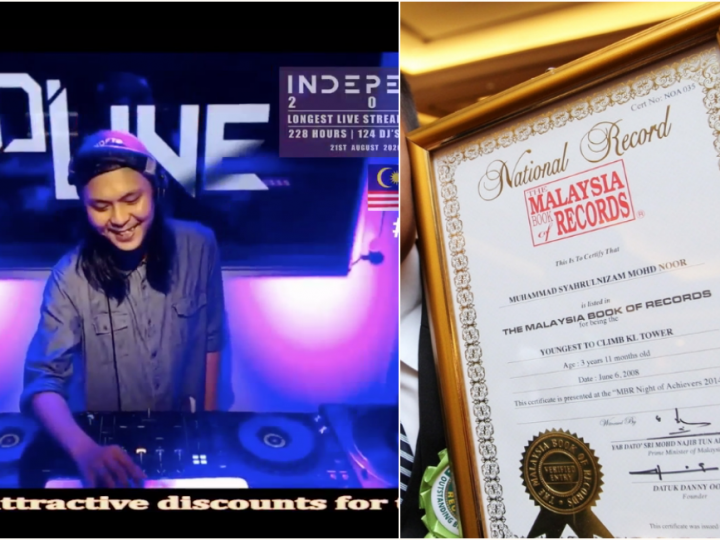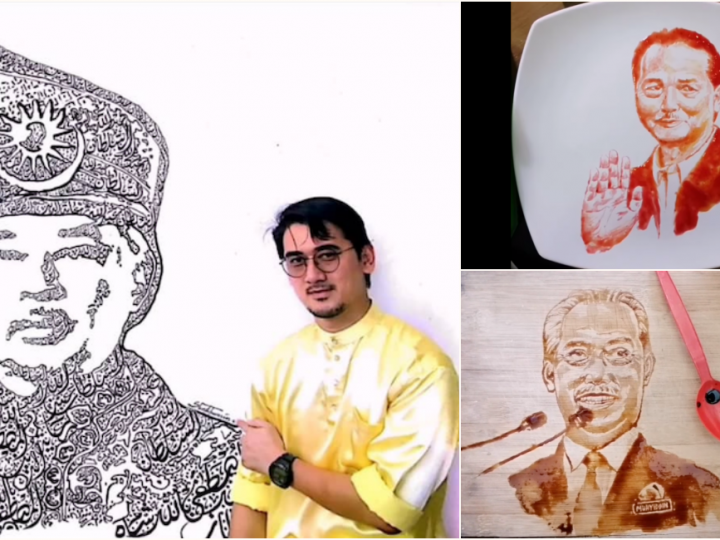PHOTOS: These Famous M’sian Cities & Towns Actually Had Different Names Before Colonisation
 Thirsty for JUICE content? Quench your cravings on our Instagram, TikTok and WhatsApp
Thirsty for JUICE content? Quench your cravings on our Instagram, TikTok and WhatsApp
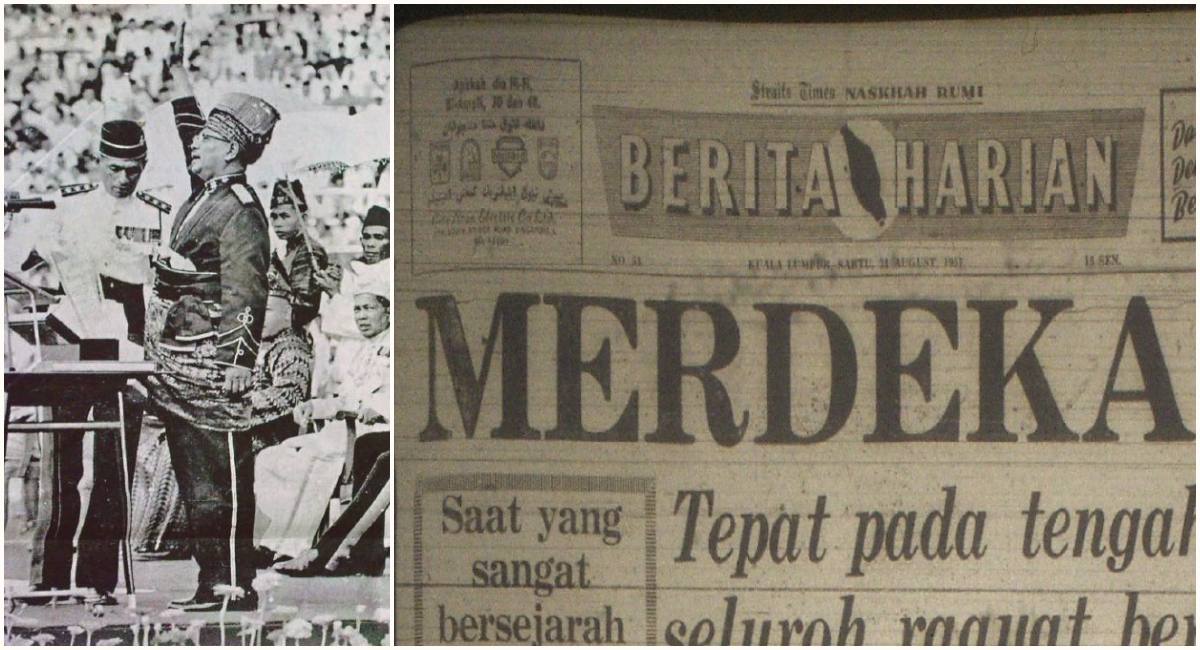
Celebrating National Day always gives Malaysians a flutter in our hearts as we remind ourselves of the trials and tribulations our forefathers and foremothers faced in order to gain independence.
Not only did our founding fathers Tunku Abdul Rahman, Tan Cheng Lock and V. T. Sambanthan succeed in liberating us, but they did so without a single drop of blood. This is why the message of peace and unity across races is one we cherish so greatly.
To take a stroll down memory lane, JUICE has compiled a list of places which were formerly known under different names prior to colonisation. We hope that by knowing the origins of the names we have come to love and appreciate, that it will further connect us to our homeland.
So, without further ado, here are famous Malaysian cities and towns that actually had different names…
Georgetown – Tanjong Penaga
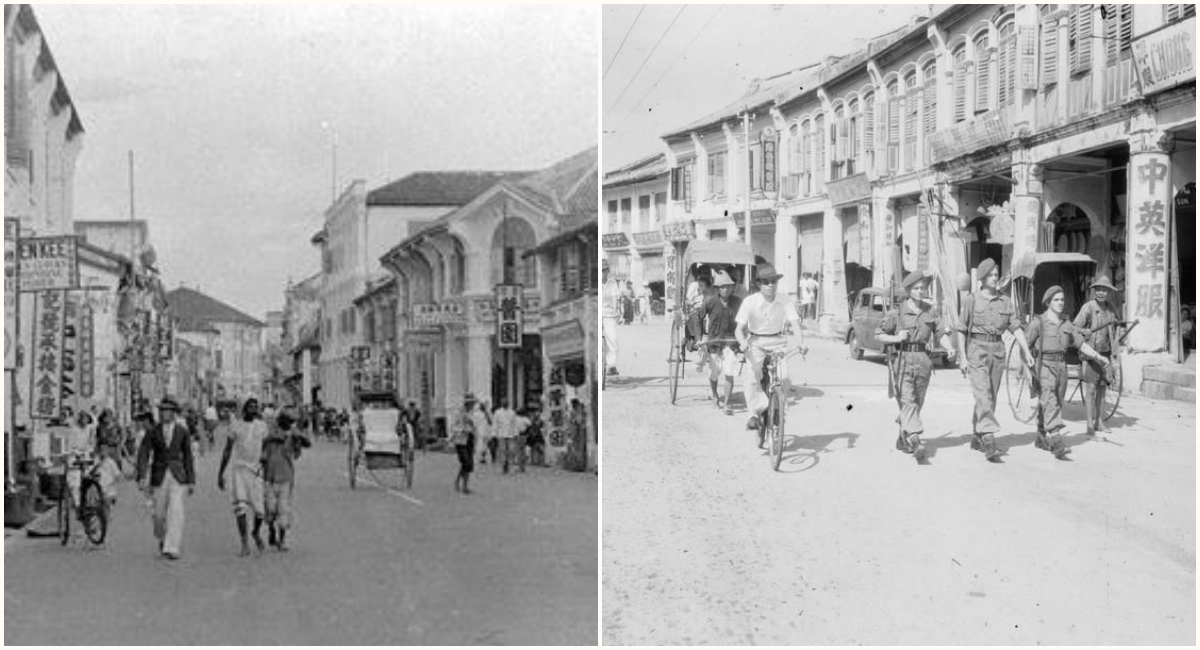
Before this culturally rich city was named Georgetown, it was formerly known as Tanjung Penaga.
In the late 1800s, the name Tanjung Penaga was even used in government land grants. The name came from the Penaga tree which is supposedly very beneficial since it was used to make walking sticks and medicine.
It was only after the British colonisation that Tanjung Penaga was renamed as Georgetown by Captain Francis Light, who did so as an honour to King George the Third who ruled Britain at the time.
Prang Besar – Putrajaya
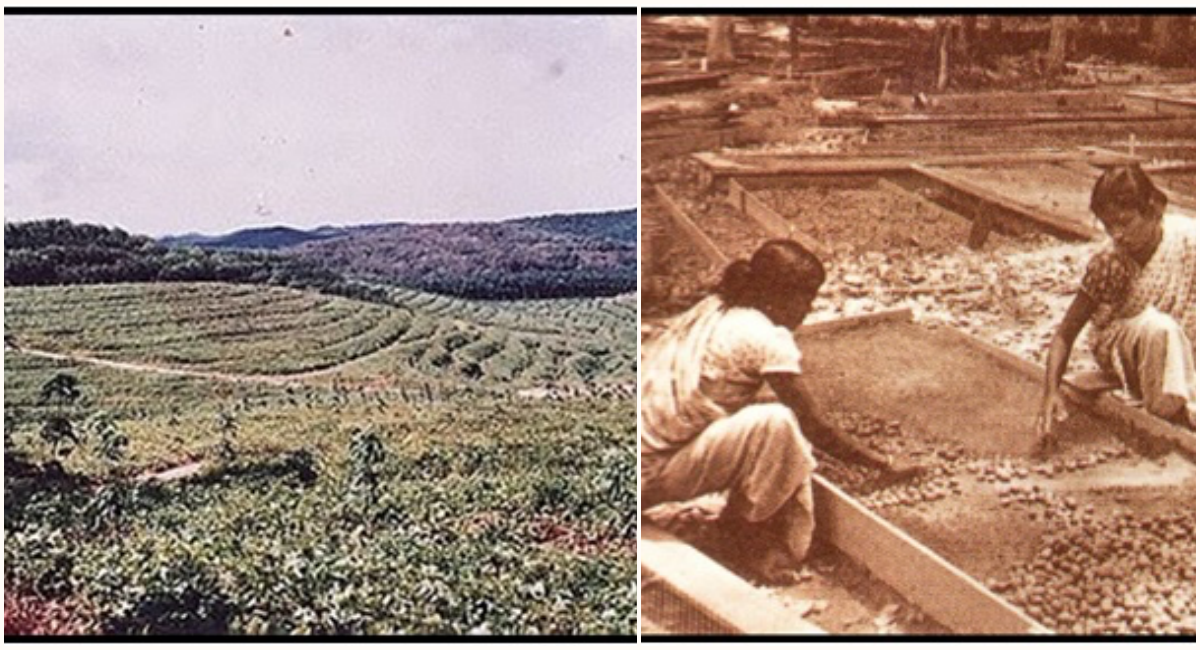
Did you know that the technologically advanced city of Putrajaya used to be called Prang Besar?
Before ex-PM Tun Mahathir poured his heart and soul into the development of Putrajaya into the gorgeous yet functional city it is today, Putrajaya was actually set to be built in Janda Baik, Pahang instead. However, after deliberation on the most strategic and cost-efficient place to start realising Mahathir’s vision, alas, Prang Besar, Selangor was chosen.
If you hadn’t noticed Prang Besar basically means ‘Big War’. It was given that name to commemorate World War I and the heroes that fought in it.
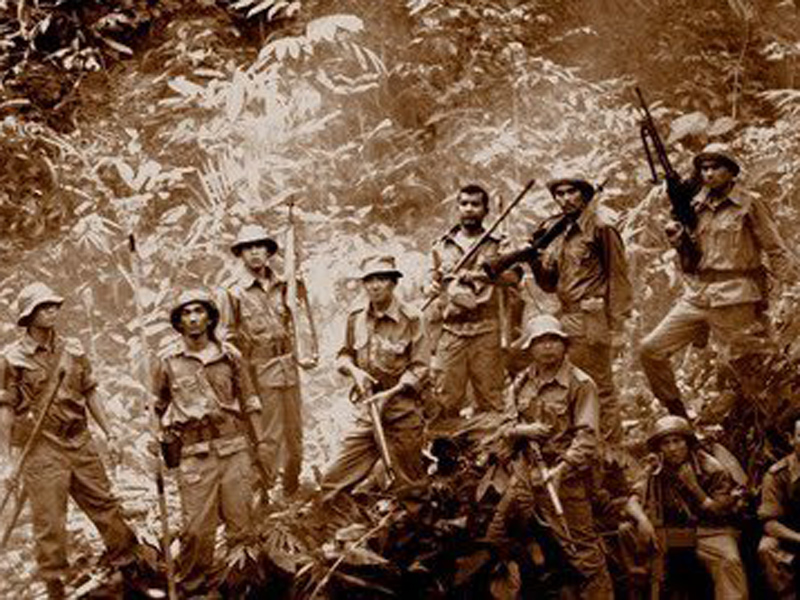
While that is the most common origin story of Prang Besar, many other sources have surfaced to state that Prang Besar actually originated as a way to pay homage to an Orang Asli chief who went to war with the communists who wanted to steal their land.
In this story, black magic and sorcery came into play when the Orang Asli chief used his powers to defeat the communists. The name of the magic he used was “ilmu harimau tanah hitam.” It was said that the chief only used one parang and his black magic did the rest.
Now, the land is called Putrajaya as a tribute to Malaysia’s first Prime Minister and founding father, Tunku Abdul Rahman Putra, and combined with the word ‘berjaya’.
Batang Berjuntai – Bestari Jaya
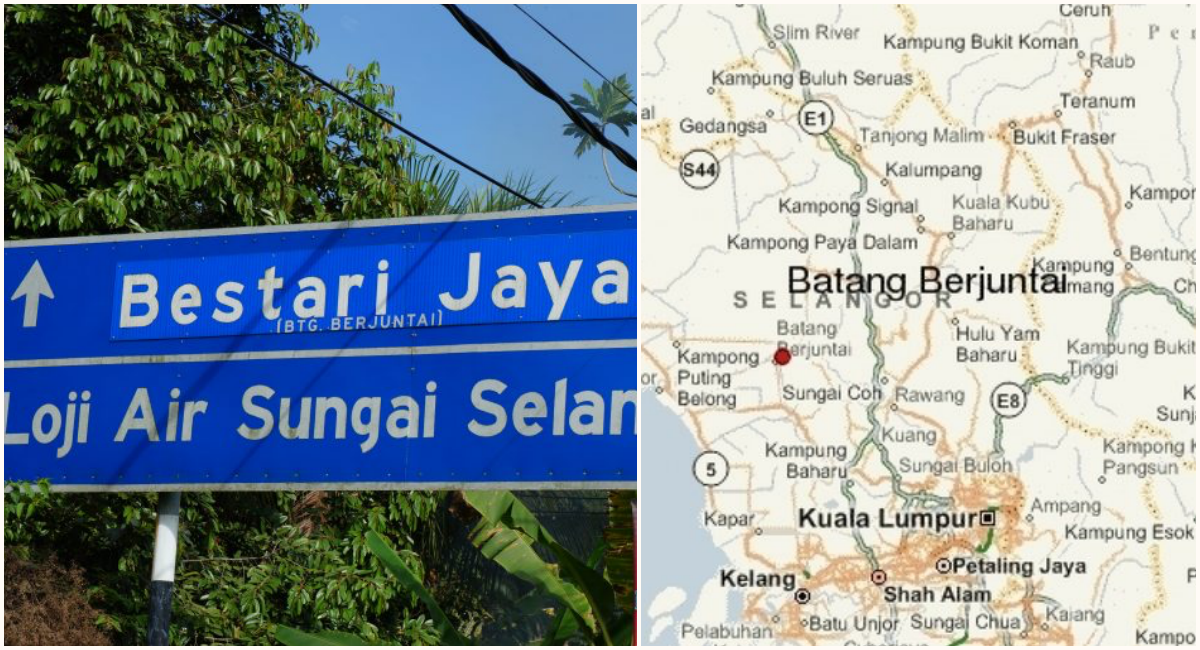
Despite the sexual innuendo of the name Batang Berjuntai, it was actually very well loved and culturally relevant during its time. Now, the town has been renamed to Bestari Jaya, which is said to hold a more sophisticated ring to it.
The legend behind Batang Berjuntai is essentially tied to a branch that remained upright, albeit a little slanted, even after the tree attached to it had long toppled. Some even say that the branch would sway even without any wind.
Damansara – Damar Sara
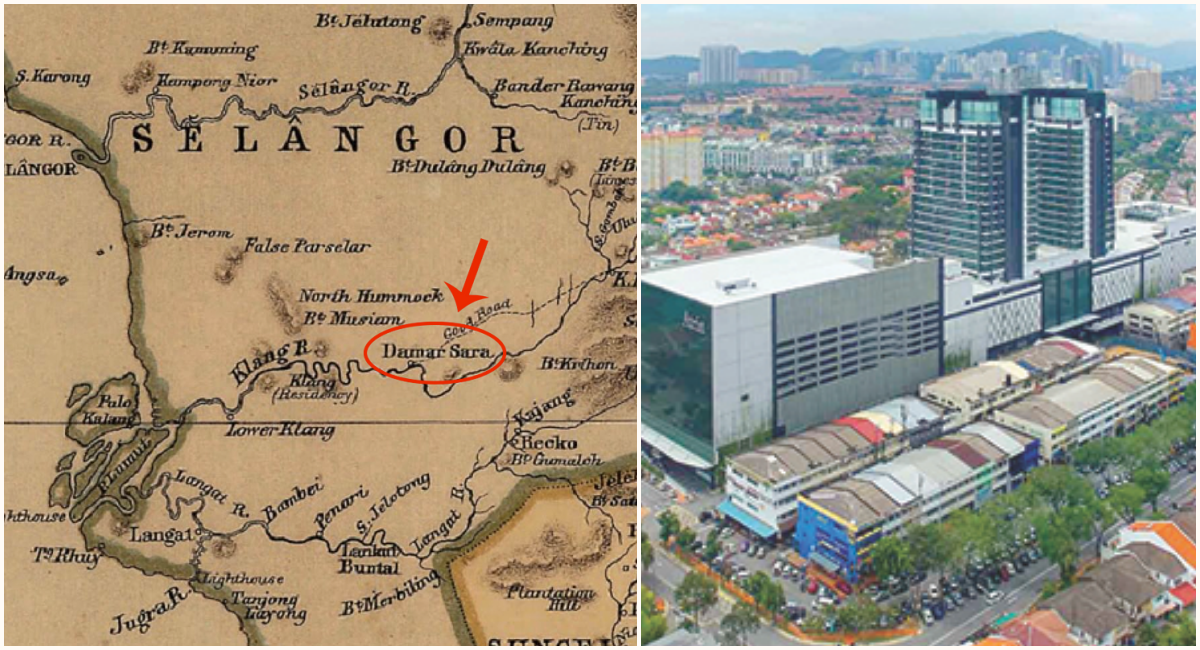
Do you happen to know what Damansara means? Oh, you do? Well, you’re a liar because Damansara actually doesn’t have a meaning… It’s a typo!
The town was actually called Damar Sara which carries the meaning ‘precious resin.’ The reason why it’s now called Damansara is because a British land registrar had mistaken the letter ‘r’ for ‘n’ and merged the two words into one.
This is why we should double-check everythang! lol
Taiping – Klian Pauh
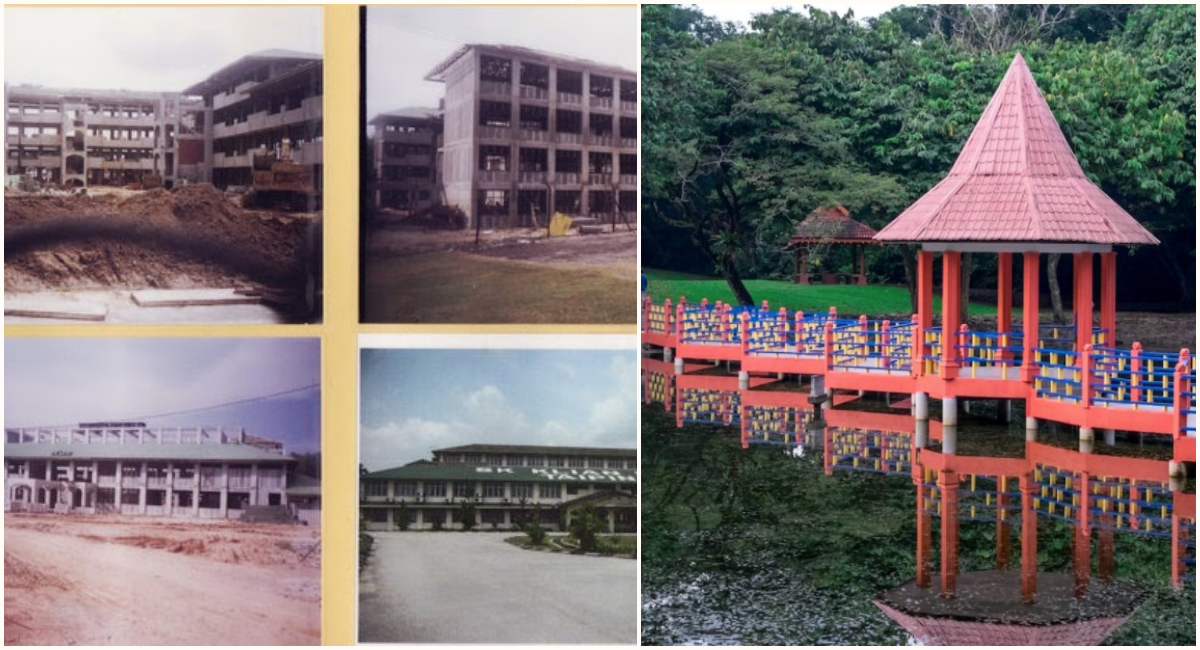
Before Taiping, Perak, the town was actually called Klian Pauh, which makes a tonne of sense now that I think about it.
Klian essentially means ‘mine’ and pauh is the Kelantanese dialect for ‘mango’. Taiping is definitely well-known for being abundant with the sweet fruit so the fact that it used to literally be called a mango mine is an interesting tidbit.
Now, the word Taiping actually means ‘peace’ or ‘aman damai‘. It’s actually derived from Hokkien and the reason for the name change was due to a truce between Chinese and Malay miners after an argument on tin ore.
Bangi (Wangi)
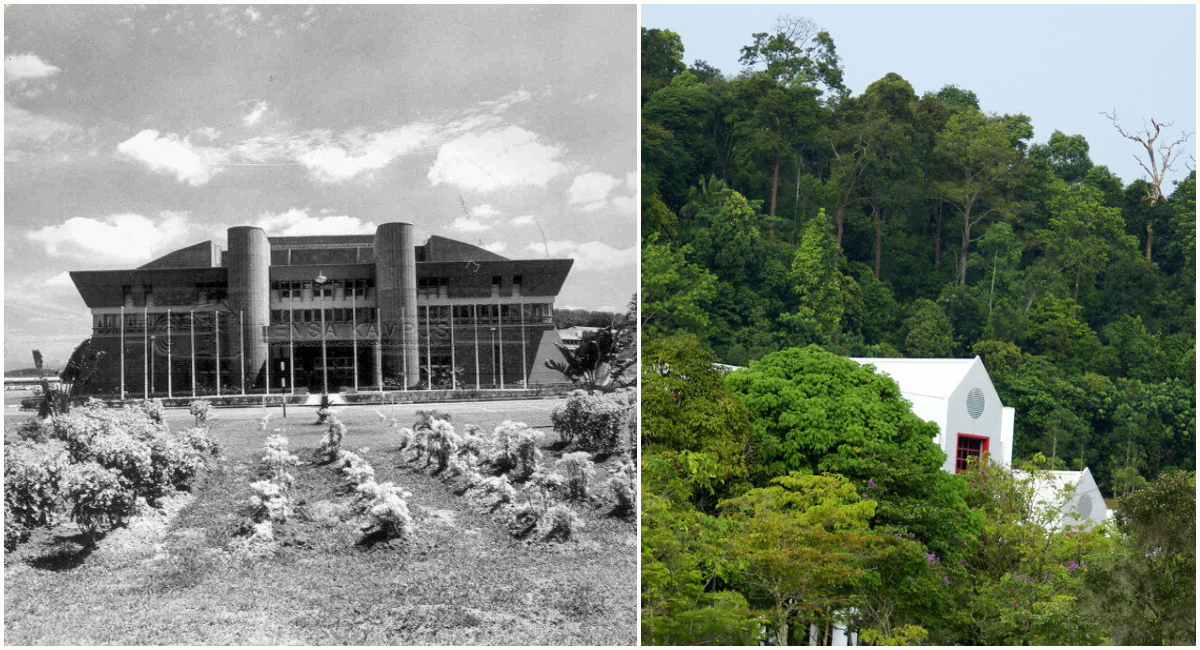
Now, technically Bangi wasn’t changed but I was just surprised to know the origin of the name.
Apparently, Bangi got its name due to the overwhelmingly pleasant smell of lemongrass. Residents believe the ‘wangi’ smell was due to the many mythical creatures that linger in the forests surrounding it. Back then, whenever the smell wafted in the air, many villagers retreated back to their homes in fear of being captured by orang bunian.
Seremban (Sarimban)
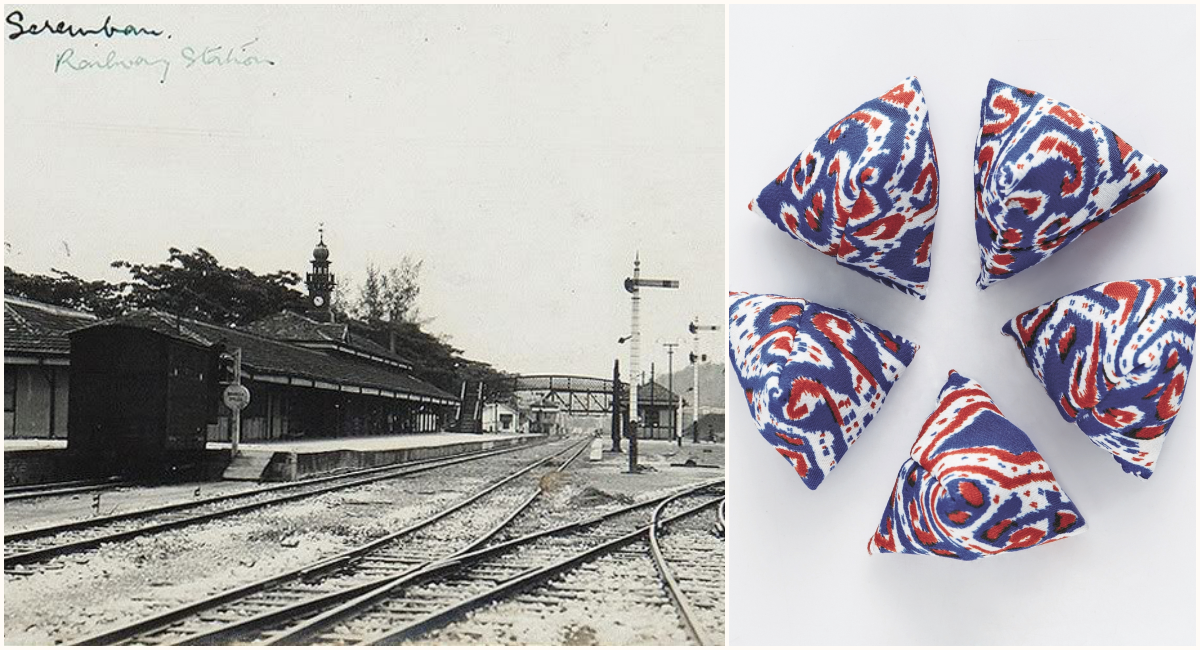
Another interesting name-origin story comes from Seremban.
In the early days, Chinese workers would fill their free time from working at railroad stations with playing Batu Sarimban. This traditional game made use of small rocks that players would toss in the air. It’s so famous that even ’till this day, young children still play it from time to time, especially during festivities.
Of course, now, the pebbles have been switched with decorative rocks or trinkets that can be found in many stores or pasar across Malaysia.

With that, let us celebrate our wins together, as we move towards a future of unity, love and respect towards all races and religions.
Happy National Day!


 Get Audio+
Get Audio+ Hot FM
Hot FM Kool 101
Kool 101 Eight FM
Eight FM Fly FM
Fly FM Molek FM
Molek FM